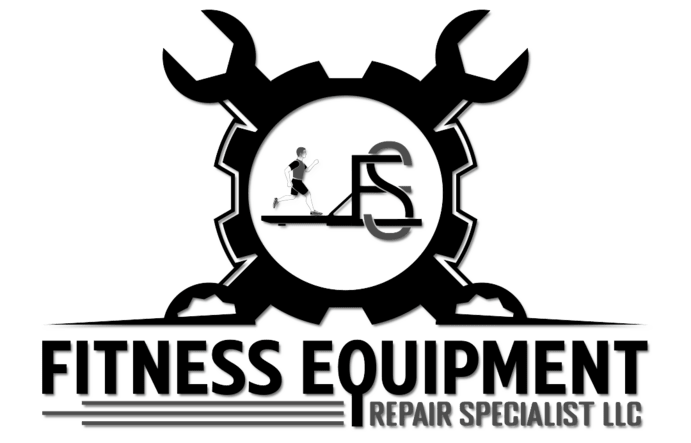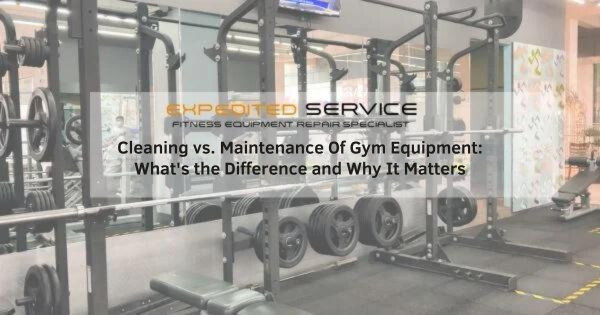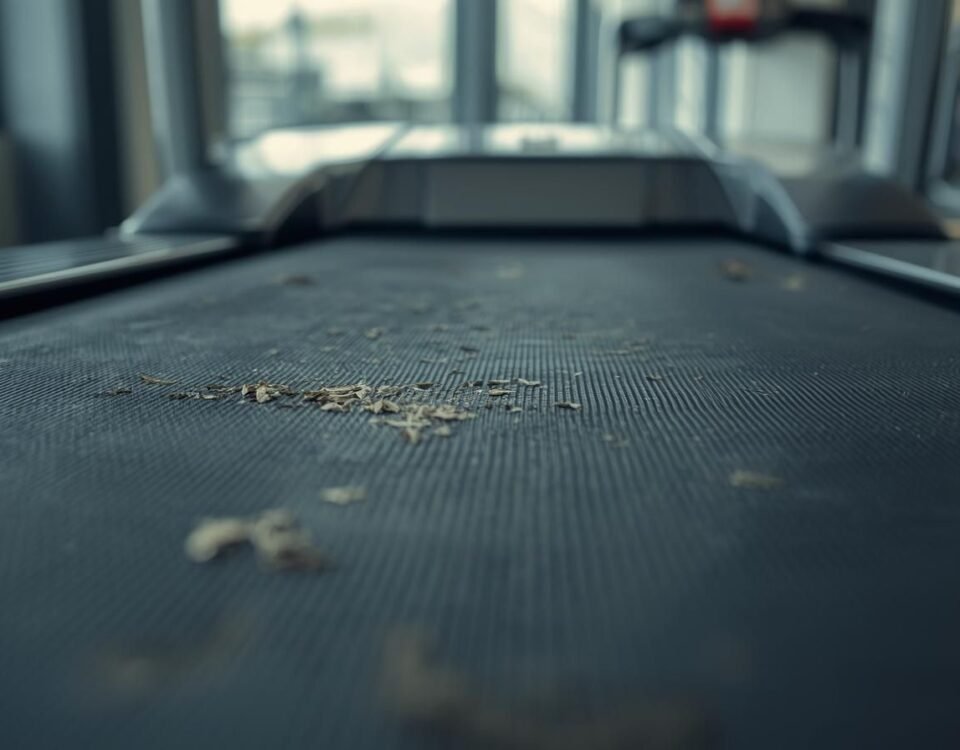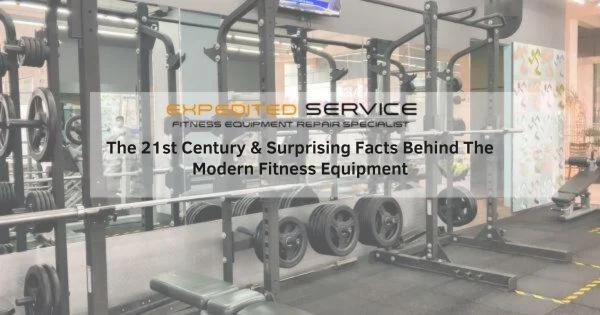
The 21st Century & Surprising Facts Behind The Modern Fitness Equipment
June 8, 2024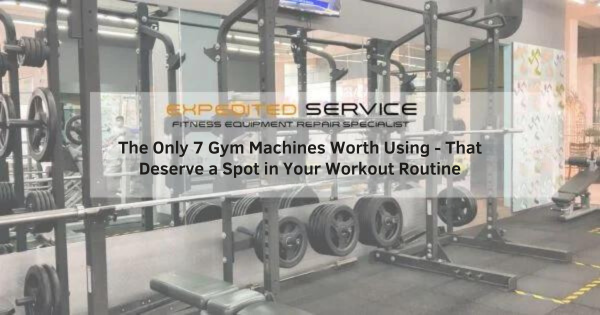
The Only 7 Gym Machines Worth Using – That Deserve a Spot in Your Workout Routine
June 10, 2024A well-maintained gym is a haven for fitness enthusiasts. It provides a safe, reliable, and hygienic environment to achieve your workout goals. But keeping your gym equipment in top shape requires a two-pronged approach: cleaning and maintenance. While these terms might seem interchangeable at first glance, they address distinct yet equally important aspects of equipment care. Understanding the difference between cleaning and maintenance is crucial for ensuring your gym equipment functions flawlessly and lasts longer.
Cleaning – Keeping Your Gym Germ-Free and Pristine
Gym cleaning focuses on removing dirt, sweat, and germs from the surfaces of equipment. This is an essential practice for several reasons:
- Hygiene: Consistent cleaning prevents the spread of bacteria, viruses, and other pathogens that can thrive in a warm, moist gym environment. Regular cleaning minimizes the risk of infections and keeps your gym goers healthy.
- Aesthetics: A clean gym creates a more inviting atmosphere. Grime and sweat build-up create an unpleasant experience for users, potentially deterring them from returning.
- Equipment Lifespan: Dirt and sweat can corrode metal components and damage upholstery over time. Regular cleaning helps preserve the equipment’s appearance and prevent premature wear and tear.
The cleaning frequency for gym equipment depends on usage. High-touch surfaces like handlebars, weight benches, and cardio machine buttons require more frequent cleaning, perhaps after every use or during off-peak hours. Here’s a basic cleaning routine for gym equipment:
- Wipe down surfaces: Use disinfectant wipes or a solution of water and mild disinfectant to wipe down all surfaces. Pay close attention to high-touch areas.
- Disinfect frequently used equipment: Cardio machines, weight benches, and yoga mats should be disinfected more frequently, often after every use for high-traffic areas. Consider offering disinfectant spray bottles and disposable wipes for user convenience.
- Clean upholstery and padding: Use upholstery cleaner specifically designed for gym equipment to remove sweat and grime. Avoid harsh chemicals that can damage the materials.
- Vacuum crevices and upholstery: Regularly vacuum upholstery and areas where dust and dirt can accumulate.
Maintenance – Keeping Your Gym Equipment Functioning Smoothly
Gym maintenance goes beyond surface cleanliness. It involves tasks that ensure the equipment functions properly, safely, and efficiently. Regular maintenance helps to:
- Prevent breakdowns: By proactively checking equipment for wear and tear, potential issues can be identified and addressed before they escalate into major breakdowns. This minimizes downtime and avoids costly repairs.
- Optimize performance: Regular lubrication and adjustments ensure smooth operation, preventing jerky movements on weight machines or inconsistent speed on treadmills. This leads to a more enjoyable workout experience for users.
- Enhance safety: Maintenance tasks like tightening loose bolts and inspecting safety features prevent accidents and injuries. Proper equipment maintenance promotes a safe workout environment.
The specific maintenance procedures for gym equipment vary depending on the type of equipment. However, some general practices include:
- Regular inspections: Schedule regular inspections to identify potential problems like loose bolts, worn-out belts, or malfunctioning electronics. Consult the manufacturer’s instructions for specific inspection points and recommended frequencies.
- Lubrication: Certain equipment components require lubrication to reduce friction and maintain smooth operation. Refer to the manufacturer’s guide for lubrication points and recommended lubricants.
- Adjustments: Over time, equipment may need adjustments to maintain proper alignment and function. This could involve calibrating treadmills, adjusting resistance on weight machines, or tightening belts on cardio equipment.
- Manufacturer’s recommendations: Always refer to the manufacturer’s instructions for specific maintenance tasks and intervals for your equipment. Following these guidelines ensures proper care and avoids voiding warranties.
Why Both Cleaning and Maintenance Matter – A Synergistic Approach
Cleaning and maintenance are a team effort. While they focus on different aspects of equipment care, they work together to create a well-maintained gym environment. Regular cleaning helps prevent breakdowns by removing dirt and debris that contribute to wear and tear, thereby extending the equipment’s lifespan.
On the other hand, maintenance aids in thorough cleaning, as technicians can access areas not readily reachable during regular cleaning sessions, ensuring a more comprehensive upkeep of the entire equipment. Moreover, a well-maintained gym encourages proper use; when equipment feels smooth, functions correctly, and appears clean, users are more likely to handle it with care, reducing wear and tear from improper usage. This synergistic approach not only enhances the longevity of the equipment but also ensures a safer and more pleasant workout experience for all gym users.
Creating a gym cleaning and maintenance plan benefits both your equipment and your gym goers. Here are some tips for a comprehensive approach:
- Develop a cleaning and maintenance schedule: Establish a schedule for both routine cleaning and preventive maintenance tasks. This ensures regular equipment upkeep and minimizes the risk of neglected issues.
- Train your staff: Provide proper training to your staff on cleaning techniques and basic maintenance procedures. This empowers them to identify potential problems and address them promptly.
- Invest in the right tools and supplies: Having the appropriate cleaning supplies and equipment (disinfectants, microfiber cloths, vacuum cleaners, lubricants) ensures effective cleaning and maintenance.
- Partner with a professional maintenance service: Consider partnering with a qualified gym equipment maintenance service for complex tasks or specialized equipment. They can provide expertise and ensure in-depth inspections and repairs.
- Communicate with your members: Educate your members on proper equipment usage and encourage them to wipe down equipment after use. This collaborative approach fosters a clean and healthy gym environment for everyone.
The Bottom Line: A Clean and Well-Maintained Gym is a Winning Formula
By prioritizing both cleaning and maintenance, you’re investing in the longevity of your equipment, enhancing the user experience, and promoting a safe and healthy environment for your gym members. This translates to a positive reputation, member satisfaction, and ultimately, a thriving gym business. Remember, a clean and well-maintained gym speaks volumes about your commitment to providing a top-notch fitness experience. So, don’t underestimate the power of this dynamic duo – cleaning and maintenance.
Frequently Asked Questions – FAQs
What is the main difference between cleaning and maintenance of gym equipment?
Cleaning involves removing dirt and germs, while maintenance includes checking, repairing, and ensuring equipment functionality.
Why is regular cleaning of gym equipment important?
Regular cleaning prevents the spread of germs, reduces the risk of infections, and keeps the equipment looking new.
How often should gym equipment be cleaned?
Ideally, gym equipment should be cleaned after each use and thoroughly sanitized weekly.
What does routine maintenance of gym equipment entail?
Routine maintenance includes inspecting parts for wear, lubricating moving parts, tightening bolts, and performing necessary repairs.
Can I perform maintenance on gym equipment myself?
Basic maintenance tasks like tightening bolts and lubricating can be done by users, but professional servicing is recommended for more complex issues.
How does proper maintenance extend the lifespan of gym equipment?
Regular maintenance prevents breakdowns, reduces wear and tear, and ensures that the equipment operates efficiently, extending its lifespan.
What are common signs that gym equipment needs maintenance?
Unusual noises, loose parts, decreased performance, and visible wear are signs that equipment needs maintenance.
What products should be used for cleaning gym equipment?
Use mild disinfectants and cleaning solutions recommended by the equipment manufacturer to avoid damage.
